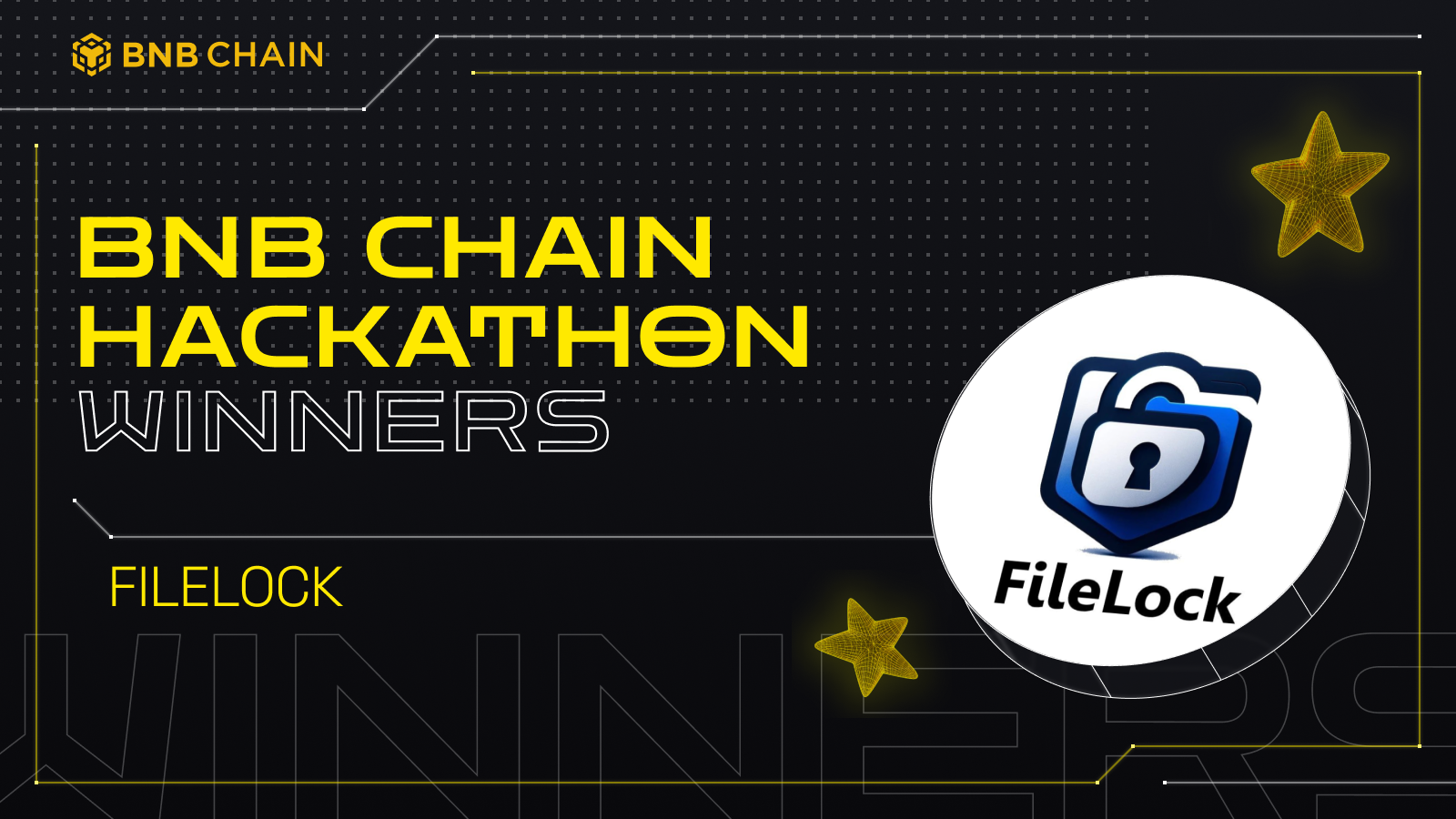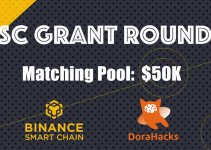Table of Contents

Winners’ Spotlight: FileLock
BNB Chain Hackathons serve as an opportunity for innovation, collaboration, and technological advancement! In this blog, we spotlight one of the winning projects in the recent BNB Chain Hackathon in Istanbul – FileLock.
FileLock is a platform for secure data storage and sharing on the blockchain by leveraging Greenfield on the BNB Chain ecosystem. It allows users to upload various data types and encrypts and stores them on the decentralized Greenfield network built on top of BNB Smart Chain.
Project Interview
Tell us about FileLock!
FileLock is building a decentralized platform for secure data storage and sharing. Users can upload images, text files and more content while automatically generating blurred image versions to obscure sensitive details.
What is the background of the core team at FileLock and how did you meet each other?
The core team consists of 3 team members who met at the University of Pennsylvania’s blockchain organization, FranklinDAO.
Two of the founders have computer science majors. One was a software engineer intern at Capital One over the summer, and another is pursuing blockchain opportunities within the Venture capital sector. The third founder is a computer engineer major who was a full time product manager at Alchemy earlier this year.
How did you come up with the idea for your project?
Our motivation came from the fact that a few members of the team are content creators that have experienced piracy and plagiarism around their own content.
The problem FileLock is solving and impact on users
How is your project related to opBNB or BNB Greenfield?
Our project integrates directly with BNB Chain for NFT minting and transactions, and uses Greenfield for decentralized storage.
We provide end users control over data privacy while still allowing shareability via blurred copies. Users are able to effectively vet the content that they require. Additionally, creators are compensated directly.
What is the problem and how are you solving it?
The project is still very early given that it only emerged during the hackathon. However, we plan to democratize data sharing and mechanisms to vet the quality of content in the future.
What is a memorable story about your project’s journey?
The project was identified at the BNB hackathon, and we used the opportunity to resolve the technical problems we encountered. One interesting hurdle is that due to the plane’s delay, we only had around 12 hours to build and hack, which meant that we had to lock it in!
FileLock’s Hackathon Journey
What made you want to apply to the BNB Chain hackathon?
We were drawn to the hackathon because of the opportunity to build something meaningful that leverages BNB Chain’s blockchain and ecosystem. The bounties and mentorship were an added plus!
What did you learn during the hackathon and how did you apply it to your project development?
Consulting mentors helped us grasp concepts that were difficult to implement in smart contracts. We were able to effectively debug errors thanks to them and finish the project on time.
Furthermore, we were able to connect with many members of the BNB Chain technical team to further our project while learning about support and incentives on offer.
How did the Hackathon differ from other hackathons you have participated in?
The BNB Chain hackathon created an exhilarating space for innovators across decentralization, security, and privacy to build the next generation of user-owned internet.
The energy and excitement around Web3 innovation was palpable, and the caliber of projects was extremely high given all the amazing developer talent the event attracted.
What are your project’s future plans?
Our next goal is to create modular blurred data pipelines so any application can integrate our privacy tools. We also plan to expand file type support and mint flexible NFT licenses giving creators granular control. Overall we aim to become the standard for user-centric data autonomy.
The blurring of data is a disclosure limitation method which is used to reduce the precision of the disclosed data to minimize the certainty of individual identification.


